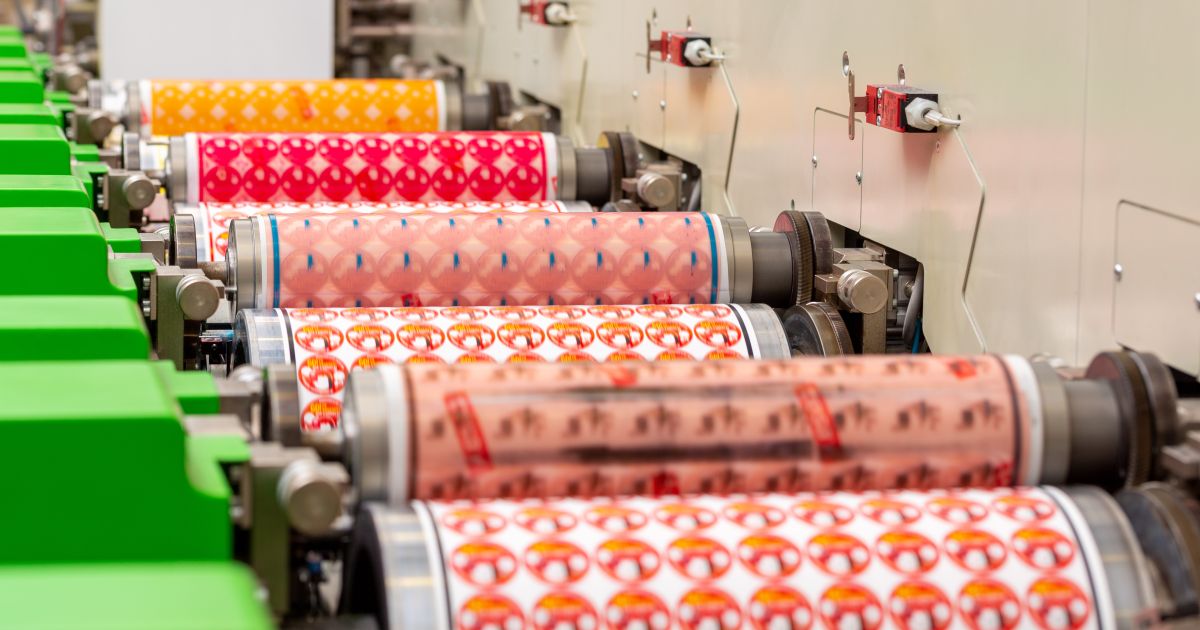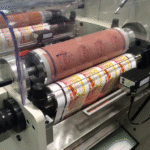
Introduction to Flexographic Printing
The world of printing has evolved remarkably over the years, with flexographic printing being one of the most versatile and widely used techniques. It applies ink to a wide variety of substrates, making it indispensable in the packaging industry. However, like all printing techniques, it comes with its own set of challenges. Understanding common flexo printing defects is crucial for professionals involved in this domain.
In this article, we will delve into understanding the common flexo printing defects, explore why they occur, and provide insights on how to prevent them. Ensuring high-quality prints can greatly impact your business’s efficiency and success. Moreover, it’s essential to understand these defects early to maintain the integrity of printed materials, especially in marketing initiatives that require perfect print quality.
Understanding Flexographic Printing
Flexographic printing, often referred to simply as flexo printing, uses flexible plates and fast-drying inks. The process is efficient and can quickly print on materials like paper, plastic, and metal foils. For those new to this, the detailed guide on flexo printing provides an excellent overview.
Why Are Printing Defects a Concern?
Defects can arise due to various reasons and lead to a decline in quality, increased waste, and reduced customer satisfaction. Identifying and understanding these common flexo printing defects is vital in resolving these challenges effectively. Let’s explore some of the most frequent defects encountered in flexo printing.
1. Inconsistent Color Density
Causes and Solutions
An uneven color distribution can be due to improper ink settings or irregular plate pressure. This affects the final products appearance. Ensuring correct setup and regular maintenance can reduce these issues significantly.
2. Dot Gain or Loss
Impact on Print Quality
Dot gain occurs when the dots printed appear larger than intended, while dot loss results in smaller dots. Both scenarios can compromise image sharpness. Adjusting plate tension and monitoring ink viscosity can minimize these effects.
3. Ghosting
Recognizing Ghosting
Ghosting manifests as lighter or darker areas following the flow of print, often due to ink starvation or improper roller settings. Regular checks and adjustments can alleviate ghosting problems in flexo printing.
4. Pinholes
Why Pinholes Occur
Small spots devoid of ink, known as pinholes, are often caused by dust or debris on the substrate. Maintaining a clean press environment and substrate will help prevent this defect.
5. Misregistration
Ensuring Proper Alignment
Misregistration affects the alignment of different colors. It can be corrected by using precision control mechanisms and routine equipment inspections.
6. Poor Trapping
Addressing Trapping Issues
Trapping refers to the overlap of colors, and improper trapping results in visible gaps. Adjustments in pressure, ink settings, and ensuring precision during trapping processes can mitigate these issues.
7. Ink Smearing
Causes and Prevention
Ink smearing occurs when wet ink moves or transfers incorrectly, often due to high press speed or poor drying settings. Slowing down the press and enhancing drying methods can prevent smearing.
8. Substrate Distortion
Factors Leading to Distortion
Distortion may happen due to incorrect tension settings or temperature fluctuations during printing. Its crucial to maintain consistent environmental conditions for optimal printing results.
9. Banding
What Is Banding?
Visible lines or streaks across a print, called banding, can disrupt the visual appeal of printed materials. Regular maintenance of a plate and ink system helps reduce this effect.
10. Blotch Printing
Understanding Blotch Printing
Blotchiness arises when ink dispersal is inconsistent, leading to unwanted patches on the print. Reviewing the setup and ensuring proper ink flow can address blotchy prints.
Preventing Common Defects
Successfully navigating these common flexo printing defects demands rigorous attention to detail. Regular maintenance, precise equipment calibration, and adopting industry best practices are essential measures. For extensive guidance, consider visiting this comprehensive resource.
The Role of Technological Advancements
Technological improvements have led to enhanced software and hardware solutions, specifically designed to minimize printed defects efficiently. Leveraging these technologies ensures superior print quality and facilitates troubleshooting.
Conclusion
Understanding and managing common flexo printing defects is fundamental to a successful printing operation. By adhering to best practices, investing in technology, and continually learning, print professionals can mitigate these issues, thus maintaining high-quality standards crucial for business success.

FAQs
What is the most common defect in flexo printing?
Inconsistent color density is one of the most frequently encountered defects in flexo printing.
How can we prevent ghosting in flexo printing?
Regular checks of the ink system and maintaining appropriate roller settings can help prevent ghosting.
Why is proper trapping essential?
Trapping ensures color overlaps correctly, preventing gaps and enhancing the print’s appearance. Learn more about the process at this link.





